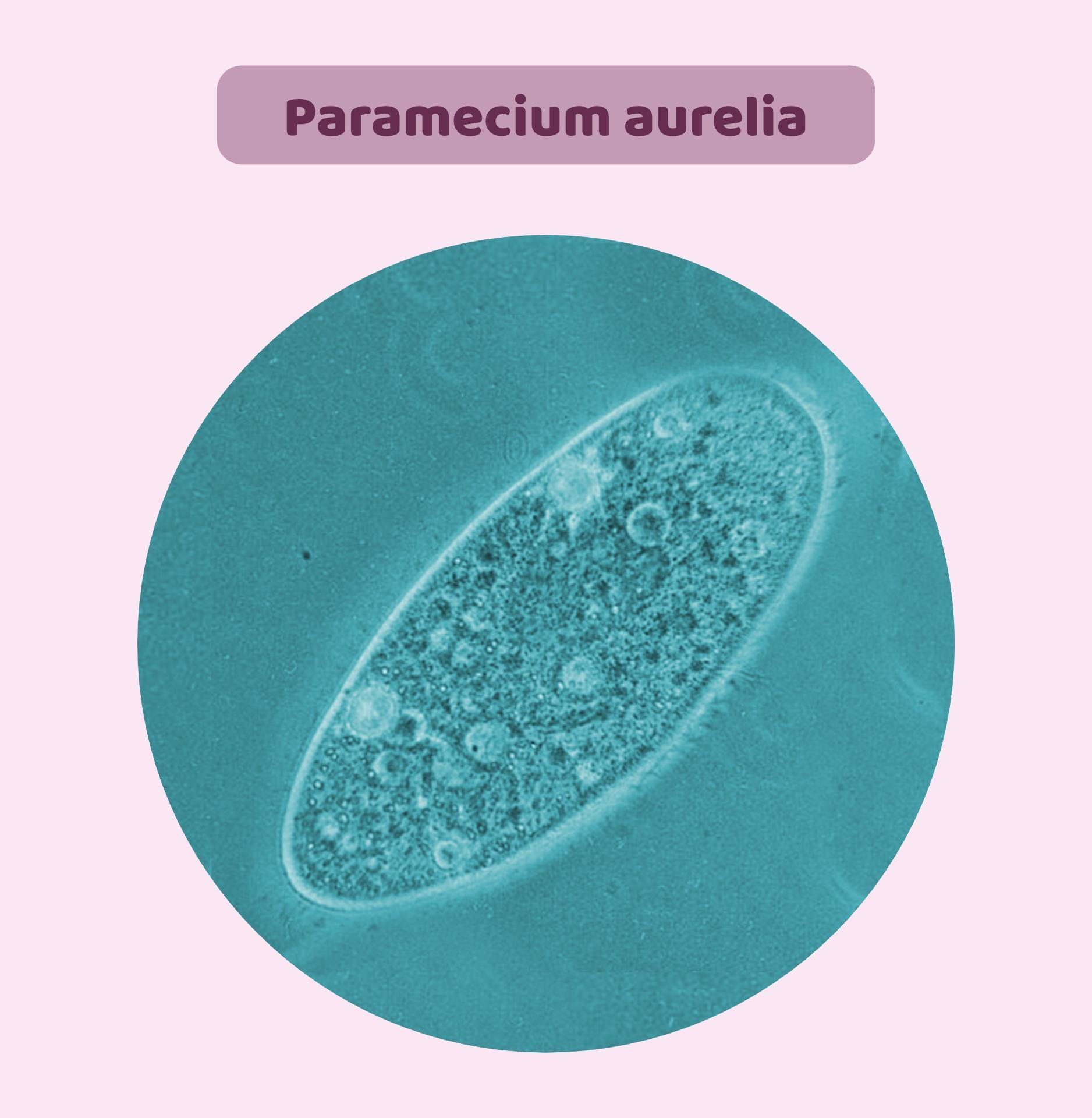
In which species of paramecium, autogamy is found?
(a) Paramecium caudatum
(b) Paramecium aurelia
(c) Paramecium bursaria
(d) All of the above
Answer
468.3k+ views
Hint: Paramecium is a single- celled protozoan which produces gametes by the replication of a single parent cell which is called Autogamy or self- conjugation. Binary fission is the usual means of asexual reproduction in Paramecium and cross- fertilisation for sexual reproduction, but in stress conditions paramecium undergoes Autogamy.
Complete answer:
Paramecium aurelia is the species in which autogamy is commonly found. Paramecium aurelia has one macronucleus and two micronuclei in which the macronucleus disintegrates and meiosis occurs in the two micronuclei and forms 8 haploid progeny nuclei.
Among the 8 haploid progeny nuclei, only one micronucleus will remain and the rest will degenerate. Two daughter nuclei will be formed by mitosis from the remaining one micronucleus, which later fuses to form a diploid nucleus, called the synkaryon.

Synkaryon divides two times and forms 4 nuclei, in which two nuclei become micronuclei and the rest becomes macronuclei. Along with the body of the cell. The cell then replicates to produce two daughter cells along with the micronuclei which divide twice. Therefore both the daughter cells contain one macronucleus and two micronuclei in them.
Additional information:
- Paramecium are prevalent in lakes, swamps and marine environments and are also found highly in stagnant water.
- Paramecium species have a size range of 60 to 340 micrometres of length and the cells are mostly oval- shaped and elongated.
Paramecia feeds on yeasts and algae for their energy source. They are also known for making a symbiotic relationship with other organisms.
The mouth of a paramecium is known as a cytostome. While consuming prey they also intake water, which they will later pump out using a vacuum pump.
So, the correct answer is 'Paramecium aurelia'.
Note:
- Paramecium aurelia is surrounded by cilia which aid in motion, allowing the organism to travel at a speed of four times its length in one second and it also helps in feeding.
- Paramecium aurelia takes food inside the body by phagocytosis and the food is digested using enzymes and the waste materials will pass through the cytoplasm and eventually get excreted from the cell.
Complete answer:
Paramecium aurelia is the species in which autogamy is commonly found. Paramecium aurelia has one macronucleus and two micronuclei in which the macronucleus disintegrates and meiosis occurs in the two micronuclei and forms 8 haploid progeny nuclei.
Among the 8 haploid progeny nuclei, only one micronucleus will remain and the rest will degenerate. Two daughter nuclei will be formed by mitosis from the remaining one micronucleus, which later fuses to form a diploid nucleus, called the synkaryon.

Synkaryon divides two times and forms 4 nuclei, in which two nuclei become micronuclei and the rest becomes macronuclei. Along with the body of the cell. The cell then replicates to produce two daughter cells along with the micronuclei which divide twice. Therefore both the daughter cells contain one macronucleus and two micronuclei in them.
Additional information:
- Paramecium are prevalent in lakes, swamps and marine environments and are also found highly in stagnant water.
- Paramecium species have a size range of 60 to 340 micrometres of length and the cells are mostly oval- shaped and elongated.
Paramecia feeds on yeasts and algae for their energy source. They are also known for making a symbiotic relationship with other organisms.
The mouth of a paramecium is known as a cytostome. While consuming prey they also intake water, which they will later pump out using a vacuum pump.
So, the correct answer is 'Paramecium aurelia'.
Note:
- Paramecium aurelia is surrounded by cilia which aid in motion, allowing the organism to travel at a speed of four times its length in one second and it also helps in feeding.
- Paramecium aurelia takes food inside the body by phagocytosis and the food is digested using enzymes and the waste materials will pass through the cytoplasm and eventually get excreted from the cell.
Recently Updated Pages
Master Class 12 English: Engaging Questions & Answers for Success

Master Class 12 Business Studies: Engaging Questions & Answers for Success

Master Class 12 Social Science: Engaging Questions & Answers for Success

Master Class 12 Chemistry: Engaging Questions & Answers for Success

Class 12 Question and Answer - Your Ultimate Solutions Guide

Master Class 12 Economics: Engaging Questions & Answers for Success

Trending doubts
Which are the Top 10 Largest Countries of the World?

Differentiate between homogeneous and heterogeneous class 12 chemistry CBSE

What is a transformer Explain the principle construction class 12 physics CBSE

Draw a labelled sketch of the human eye class 12 physics CBSE

What are the major means of transport Explain each class 12 social science CBSE

What is the Full Form of PVC, PET, HDPE, LDPE, PP and PS ?




